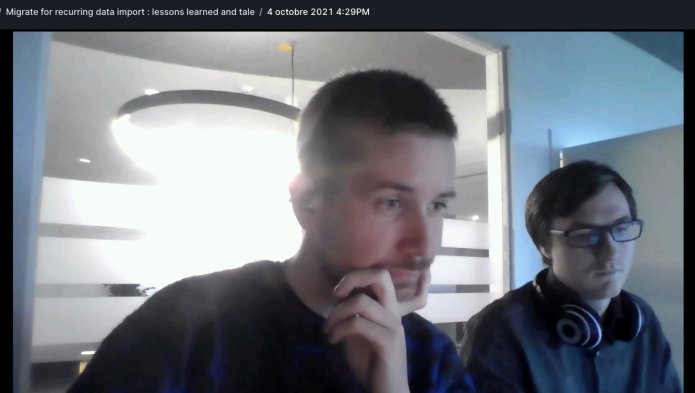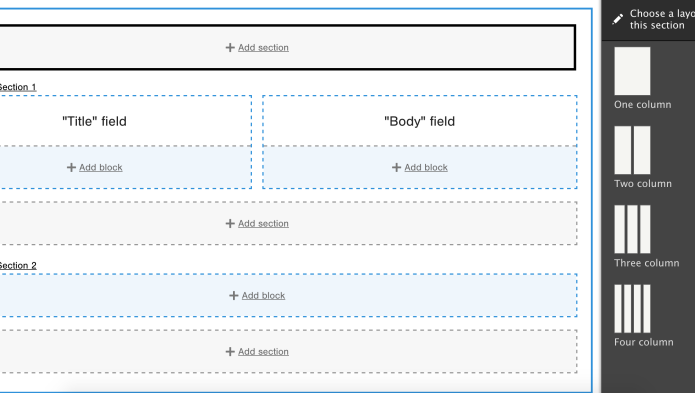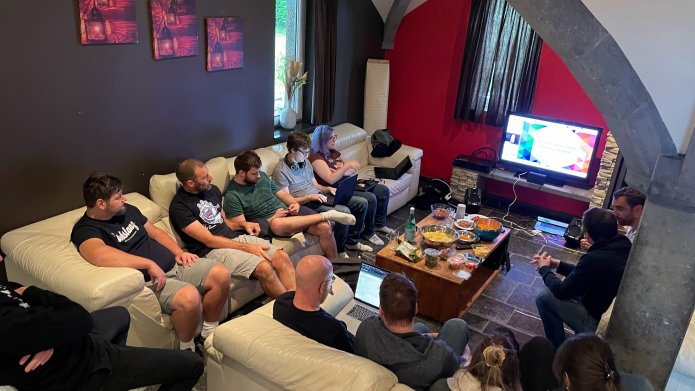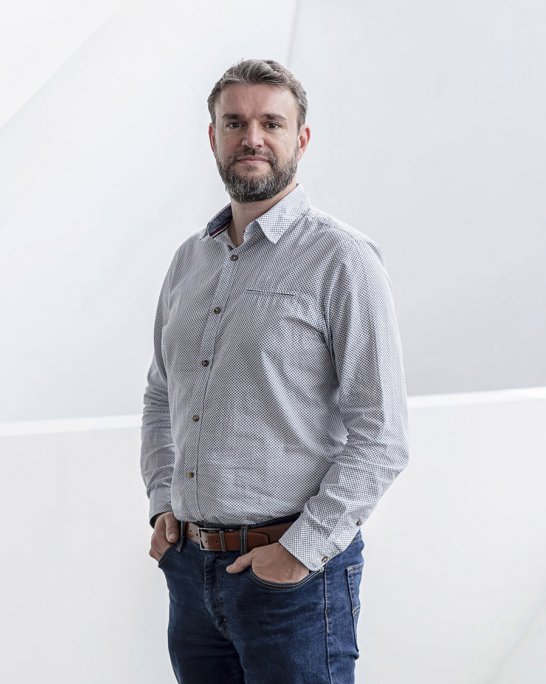Last week the much-anticipated (remote) DrupalCon Europe took place. An opportunity and a tradition for our agency to slow down the rhythm and remove the pressure of deadlines and deliverables during one week in order to focus on the open source community, get inspired and improve our internal processes.
We can’t wait for the next in-person conference as we are convinced there is no better way to meet community members and confront our ideas. Nevertheless we could once more enjoy the online version of the event and gather some inspirational and motivational fresh content from our peers.
Big Up for the first WebstanZ conference
For the first time ever we also gave an actual presentation during the conference. We have been full of goodwill for years to give feedback and share the lessons we learned over our many Drupal projects but this only became possible at this stage because we dedicated the time to do it and to reach the level of quality we expected. Big UP to our colleagues Radelson and Kenowax who have shown us the way with their talk “Migrate for recurring data import : lessons learned and tales from the trenches" , first step in a long series hopefully.

As Dries mentioned during his keynote, a lot of agencies have been busy growing during the pandemic and as a consequence they have had less time to contribute and make Drupal progress. However the interest in Drupal didn’t decrease and the attrition to Drupal stays very low ! So did we grow, and invested time in training new colleagues to Drupal with our longer term objective of being better equipped with resources and allocating more time to contributions. We see this first presentation as a first successful step towards our objectives.
D9 upgrade, major concern of the Drupal community
Another time and resource consuming hot topic that was again debated a lot during the conference was the urge to upgrade existing Drupal sites to Drupal 9, the hows and whens. It seems a lot of websites are waiting till the last minute to make the move (NDLR: so this is not a typical Belgian syndrom ?) As we are currently busy with the completion of the upgrade from D8 to D9 for our customers, we have seen through the presentations and sessions this was also the case for many other agencies and their customers. Even some contrib modules still need to be upgraded and some workarounds (e.g composer façade) will help us to not miss the (though easier than D7-D8) gap.
More touchy is the migration from Drupal 7 to Drupal 9 and once more we were somehow reassured to observe we were not the last ones confronted with the challenge. This was among others one of the topics addressed in the very interesting presentation “Drupal for Universities: current state and perspectives” by Nuvole. Andrea investigated the usage of Drupal and other CMS’s in European universities and has shown their current standing in the long journey to upgrade to Drupal 9. He also emphasized why Drupal is the best CMS when it comes to ambitious experiences (multisite templates, permissions, multilingual, integration with IT sw, OS and security issues) and the challenges of self hosting and maintenance. No doubt this will give us more insight to complete the functional analysis we are currently performing for the university of Namur.
The conclusion stays the same, it is very important to act now and to take some decisions (cfr article D7 WZ) as it will become more and more difficult to maintain old versions of Drupal compatible with newer versions of PHP, mysql , composer, symphony, ckeditor ... third party sw …). Not moving is a risk and would dig even deeper into the technical debt of older solutions.
Drupal 9 to 10, an evolution on solid foundations
Especially as we see the Evolution and new features that Drupal 9 and 10 will bring to us… We sometimes feel less excited than 7 years ago, attending our first DrupalCon in Amsterdam when facing a real Revolution with the jump from Drupal 7 to Drupal 8. I personally attribute this feeling to the history of Drupal and the focus during years (decades) to build the best, most flexible and robust technical socle we could imagine while other CMS solutions were already focusing on the “cosmetic details”. This is somehow logical to me that we are only addressing those topics now that the foundations are ready. Some of the (not less important) needs that will change the game for the content editors and visitors in the coming years and highlighted by Dries during the keynote were :
- Automated updates that will allow customers and agencies to keep focusing on priorities and address the security issues in a more organized and plannable way.
- Easy out of the box initiatives with key features enabled by default like Media, Claro and LayoutBuilder.

Layout Builder or not, that’s the question
The latter was also one of my favourite discussions during the PANEL Drupal Distributions - common challenges and solutions. Indeed we are currently fully embracing the paragraphs approach while carefully monitoring the layout builder alternative. We invest more and more time in the discovery of Layout Builder - For instance, we recently supported a student thesis on the topic and the student eventually joined our team and will keep watching the progress and the possible impact for our company to make the move. The more we look at it the more we are convinced this will be one of our next big internal projects as it seems the next logical step to optimize even more the content editor experience. With that respect I liked the open PANEL discussion by the Agency representatives debating the challenges (like for instance the upgrade path) of their distribution while moving from paragraphs to layout builder. This is quite inspiring and motivating.
Drupal community approach vs. WebstanZ approach
Finally, on the longer term and also where I see a bigger revolutionary step is to transform Drupal into a native Headless CMS. There were several interesting talks on the topic and a state of the decoupled menu initiative by Dries in the keynote. I also like how the community splits the biggest challenges into smaller steps (MVP approach) in order to see progress, bet on quick wins and motivate people. This is also our mindset when it comes to WebstanZ internal projects.
Future is bright !



